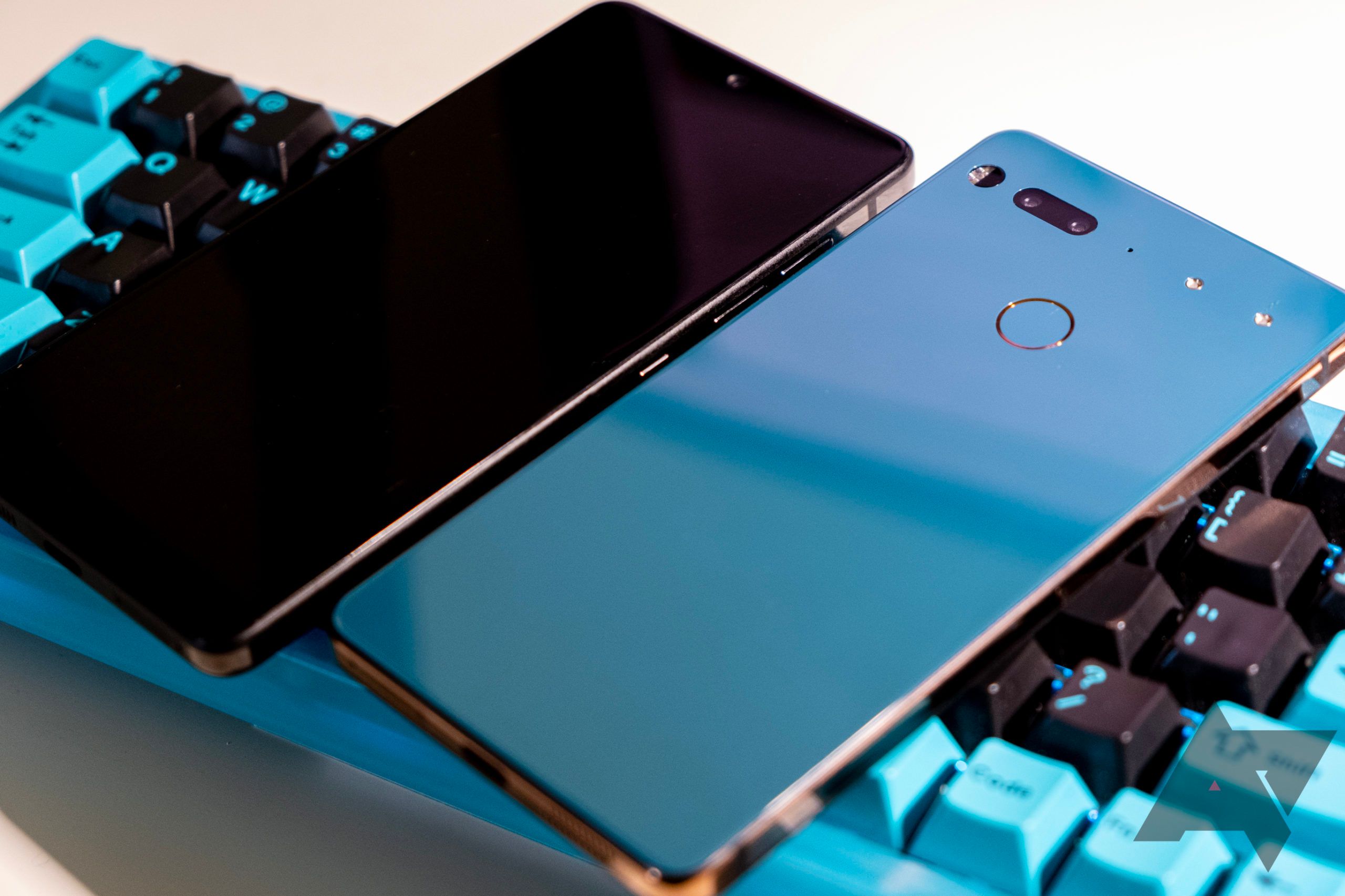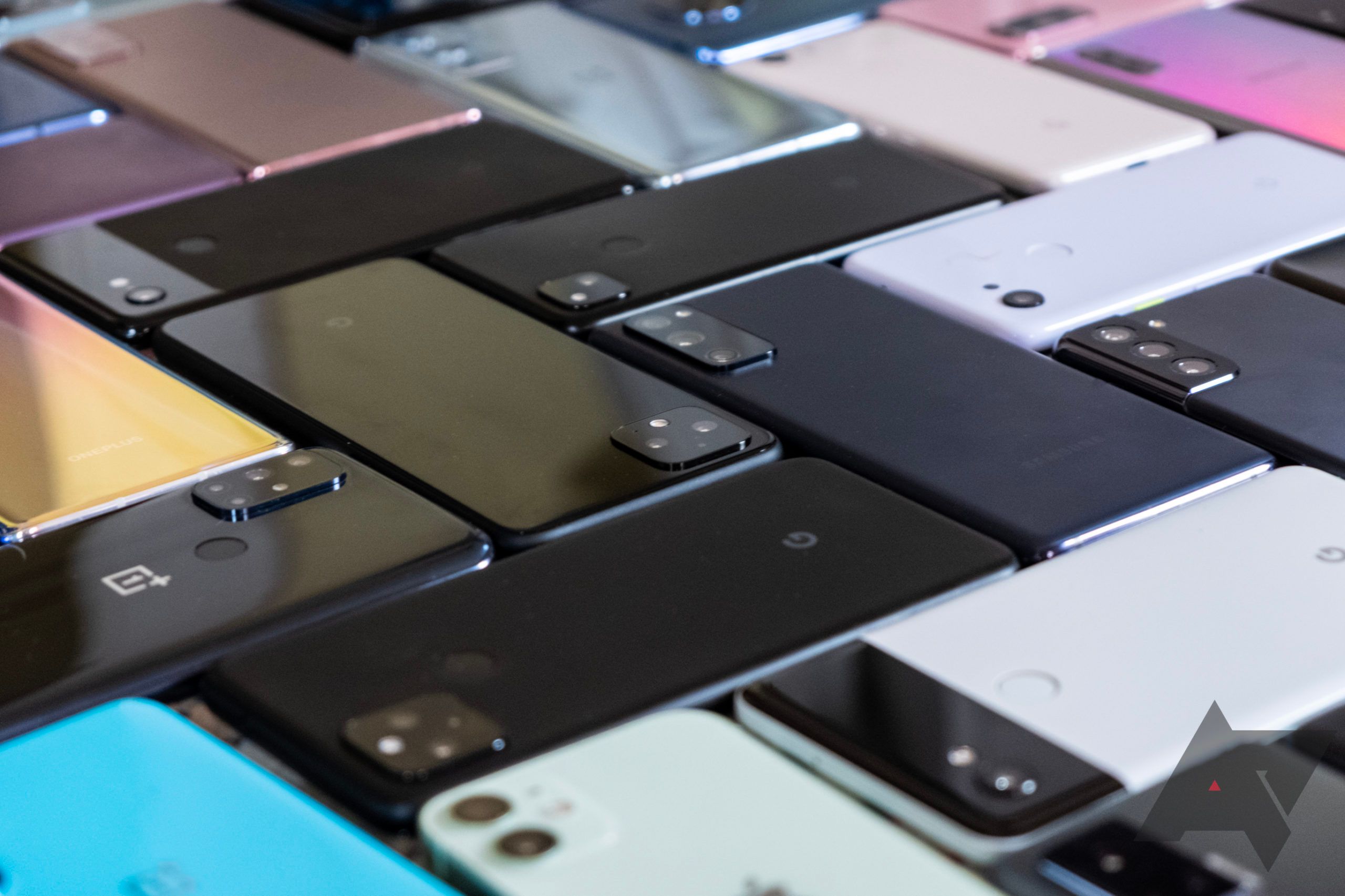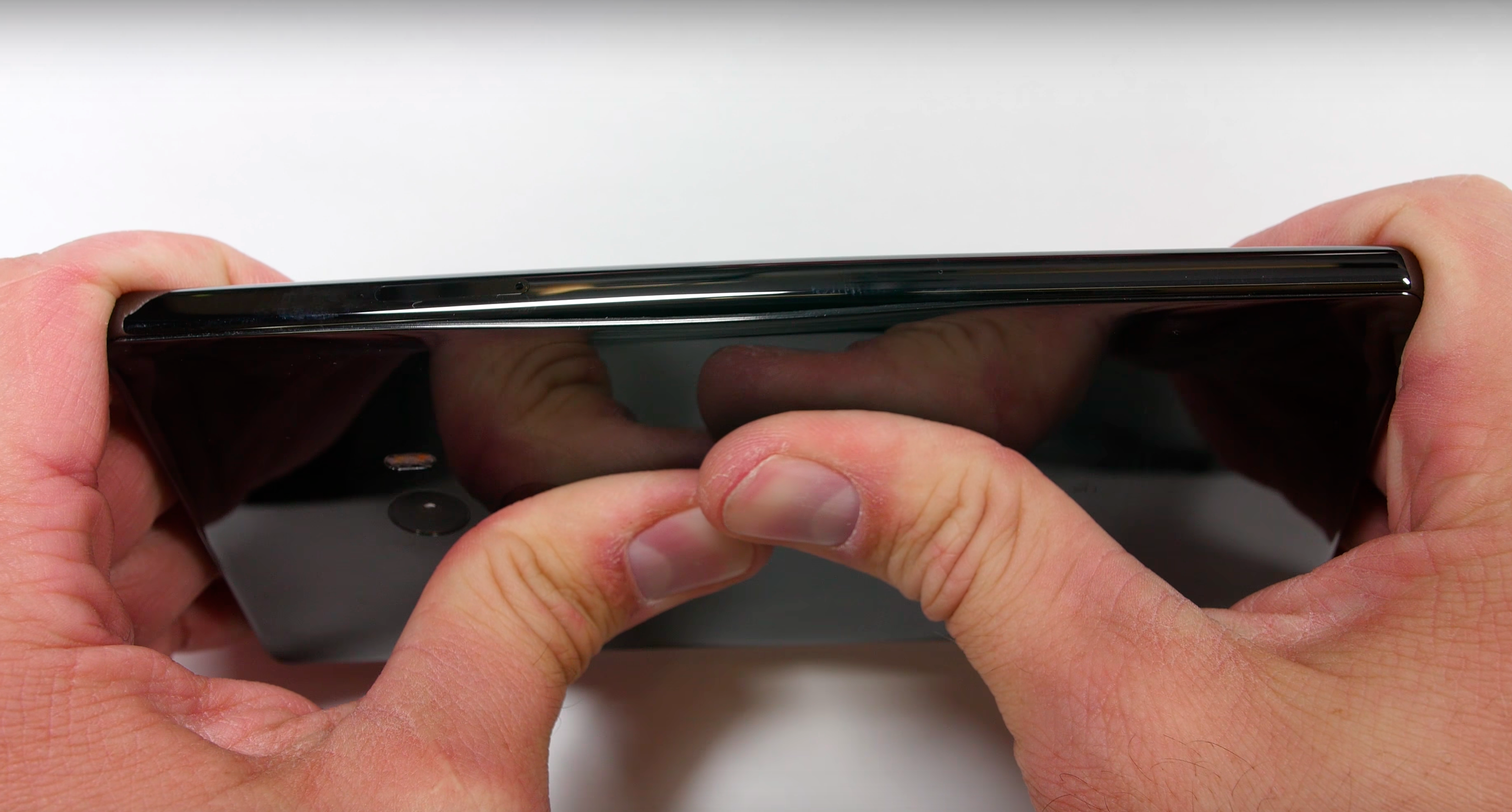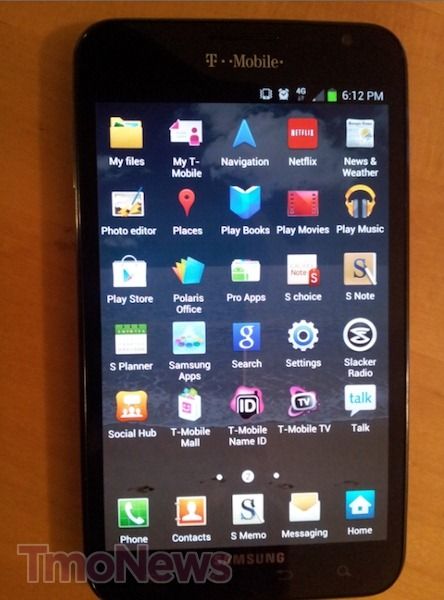latest

Weekend poll: What materials do you want your next Android phone to be made from?
Ceramic? Leather? Or something even crazier?
These days, nearly every smartphone on the market is made from some combination of glass, plastic, and aluminum. There's no doubt that these materials have served us well — hell, the recently-released Pixel 6a features a plastic back so nice, it was easy to believe it was glass — but if you buy enough devices, it starts to get pretty boring. A whole world of exotic, luxury materials exist that are ripe for smartphone makers to use on their next-gen products, but so far, stainless steel seems to be the most adventurous any company is willing to get.

Forget glass, forget metal — Google could be going high-end with future Pixel materials
An ultra-premium phone could be offered alongside the Pixel Fold
It's no secret Google has a ton of hardware products coming down the line — and I'm not talking about the ones it's willing to discuss on record. Sure, the Pixel 7 series, the Pixel Watch, and a new Pixel tablet planned for next year might be enough to get you excited, but really, it's the unannounced gadgets that have us excited. A new leak shines some light on two upcoming devices from Google, including a long-awaited, long-delayed device that could be on its way next year.

Xiaomi's gorgeous Mi Mix 4 proves why it's become the largest smartphone brand in the world
Featuring a ceramic unibody design and an edge-to-edge curved display
It's been a while since Xiaomi introduced a mainline Mi Mix phone. Once lauded for pushing forward bezel-less smartphone design that is now standard for the industry, the most recent device in the lineup is now nearly three years old. After launching a spin-off earlier this year, the Mi Mix Fold, Xiaomi has returned with an all-new entry in its style-focused series.

Why are Android phones plastic-metal-glass boringburgers when there's a world of premium materials to play with?
OnePlus's Kinder Liu explains why they aren't made of stainless steel, sapphire, titanium, or other high-end materials
I've been envious of the iPhone over the last few years for one, not-so-obvious reason: Apple makes its recent flagships out of stainless steel. Here in the land of Android, the best we can really hope for is aluminum and glass, but there's a whole wide variety of premium, super-durable, and exotic materials out there phones could use. So, why are almost all Android smartphones boring glass and plastic or aluminum slabs? I was able to speak with Kinder Liu, COO and Head of R&D at OnePlus, to find out.

JerryRigEverything does teardowns and torture tests pretty often, but a drop test from the channel is rare to see. The torture tests that Zack does compromise the devices' strength, and drop tests are pretty expensive in the first place. But for the titanium- and ceramic-constructed Essential Phone, an exception was made, giving us the video you see here.

The Xiaomi Mi MIX is a phone many have been dreaming of; it manages to cram a 6.4" display into a footprint barely larger than the 5.5" Pixel XL's or iPhone 7 Plus's. That's definitely impressive, but what about the strength of such a phone? Given Xiaomi's poor track record against the wrath of Zack from JerryRigEverything and the minimal bezels surrounding the screen, you'd be entirely forgiven for thinking the Mi MIX is a weak device. However, you'd also be quite wrong.

After a relatively dreary news day, TmoNews breathed life into the Android world with an exciting leak many of us have been anticipating for quite some time: the release date of the T-Mobile Galaxy S III.

Could it be that HTC's Micro-Arc Oxidation process isn't all it's cracked up to be? The process, which HTC promoted in a video last month, involves running 10,000 volts of energy through aircraft-grade aluminum, creating a thin ceramic surface, and resulting in a body that's 5x stronger than aerospace aluminum and 3x stronger than stainless steel. HTC boasted that this process would essentially eliminate the need for any sort of protective case, but some users are beginning to second-guess the claim.

Taiwanese manufacturer HTC released a short video today explaining the process used to create the One S' unique, durable body. For those who need a refresher, the One S is 1/3 of HTC's new 'One' line of phones, debuted at MWC this year. The One S is just below the One X, and just above the One V spec-wise, carrying a 4.3" Super AMOLED display, 8MP camera, 1.5GHz dual-core processor, and a super slender 7.95mm profile.




